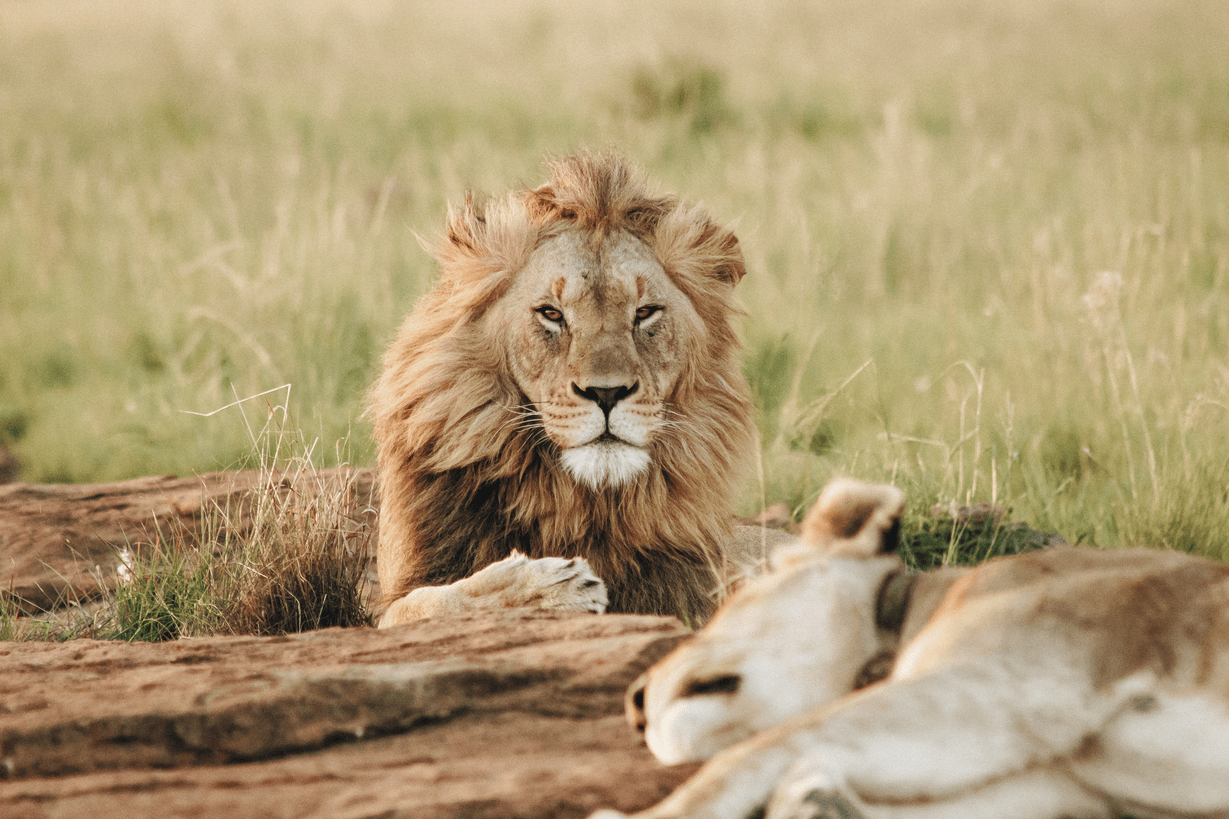
The Great Migration is the largest movement of land mammals on Earth. Each year, up to a million wildebeest and zebra, and tens of thousands of antelope make a 500-mile loop through the Serengeti in Tanzania and the Maasai Mara in Kenya, in search of grass and water. After calving in the southern Serengeti, they push northwards, braving predators including lions, hyenas and crocodiles, before surging back south by the end of the year. The movement is so massive it can be seen from space.
And yet the ‘Greatest Show on Earth’ may not be guaranteed. Fragmented wildlife corridors, increasing climate stress and unregulated development now threaten to collapse this age-old cycle – and tourism plays both villain and hero.
First, there are the effects of climate change. The Mara-Serengeti region has warmed by more than 2.5°C in recent decades and rainfall patterns are increasingly erratic. These environmental shifts disrupt grazing, breeding seasons and migratory timing, thus destabilising the fragile ecosystem.
Secondly, infrastructure development adds to the pressure. Roads, fences and expanding farmland in areas such as Loliondo and Ikorongo have begun to slice through critical corridors. As herds become cut off from the main migratory route there have been signs of inbreeding, reduced fertility and declining resilience.

And while the East African Court of Justice blocked Tanzania’s proposal to build a tarmac highway directly through the Serengeti National Park in 2014 and ordered the park’s roads to remain unpaved, the political push to connect Lake Victoria to the coast still looms large and conservationists fear a highway may be inevitable.
Fast forward to July 2025: a viral video captured tourists and guides standing outside their vehicles at a key wildebeest crossing at Kogatende on the Mara River, blocking the path of the herds. Panicked animals scattered, resulting in avoidable injuries and deaths. The incident highlighted a deeper problem about lack of regulation.
During peak migration, more than 300 safari vehicles can converge at a single river crossing, compacting soil, trampling grasslands and disturbing animal behaviour. But responsible tourism models are showing promise.

On the Kenyan side of the ecosystem, community conservancies such as Mara North, Naboisho, and Olare Motorogi lease unfenced land from Maasai landowners, restoring essential migration routes and directly funding local schools and ranger teams. These initiatives keep wildlife moving and communities invested in long-term conservation.
Meanwhile, in the Serengeti National Park, Tanzania National Parks rangers are using science-backed methods to support ecosystem recovery. Controlled burns are timed to coincide with migration movements, reducing invasive species and encouraging the growth of fresh grasses that nourish herbivores along their journey.
The future of the Great Migration doesn’t rest solely on policy – it depends on the choices of tourists and operators too. The spectacle may still be visible from space, but on the ground, every decision counts.

What tourists can do:
Diversify travel patterns. Visit alternative safari areas to ensure the benefits of tourism are spread across ecosystems and to reduce pressure on the Mara‑Serengeti corridors.
Choose community-based lodges. Visit conservancies that actively protect migration routes and share tourism revenue with locals. These reduce pressure on national parks and foster land-use cooperation.
Support sustainable tourism operators. Book with those who limit vehicle numbers, stay on designated tracks and educate guests on responsible wildlife-viewing.
Advocate for route protection. Public support and international pressure were vital in halting infrastructure projects like the Serengeti highway that threaten migration continuity.
Use travel as a voice. Participate in ecotourism initiatives, carbon-offset programs, and wildlife conservation funds. The money tourists spend can become a lifeline if it’s directed to ethical, habitat-preserving efforts.
© Emma Thomson





